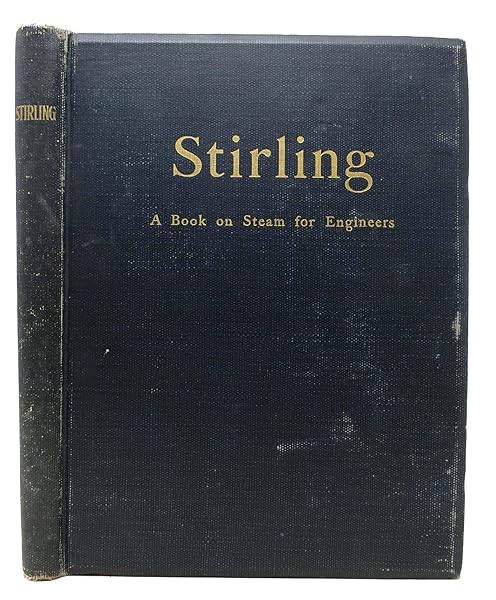Description
This historic book may have numerous typos and missing text. Purchasers can download a free scanned copy of the original book (without typos) from the publisher. Not indexed. Not illustrated. 1905 edition. …per pound of coal, permit of the use of coal-conveying apparatus, and lessen if not wholly prevent smoke. With the chain grate type of mechanical stoker, instead of a higher rate of evaporation per pound of coal, a positive loss over hand-firing may result unless the stoker design prevents large excess quantities of air. If an analysis of the flue-gases shows 100 per cent. or more excess air, steps should be taken to prevent this air from entering the furnace, otherwise the economy will be greatly reduced. Any type of mechanical stoker purporting to feed the fuel regularly into a properly designed furnace should furnish a solution to the problem of smokeless combustion, since, with uniform fuel supply, and the air under control, it ought to be possible to attain just that proportion between the two which is necessary for perfect combustion; and once having attained it, to maintain it. Practically this degree of perfection is not always realized, although mechanical stokers properly managed will often give results superior to ordinary hand-firing both in point of smokelessness and fuel economy, and permit use of lower grades of fuel than would be profitable with hand-firing. WOOD. The efficient burning of wood requires a large combustion chamber, and grates arranged to prevent admission of surplus air. The Stirling furnace perfectly meets these requirements, and is easily modified to suit any kind of wood fuel. For the burning of shavings and sawdust, chutes are arranged in the boiler front, and feed the fuel directly upon the grates. Where sawmill refuse is conveyed to the boilers by carriers, a simple extension of the furnace provides a roof containing an opening through GRATES FOR BAGASSE FURNACE 147 which the refuse can be dropped…


